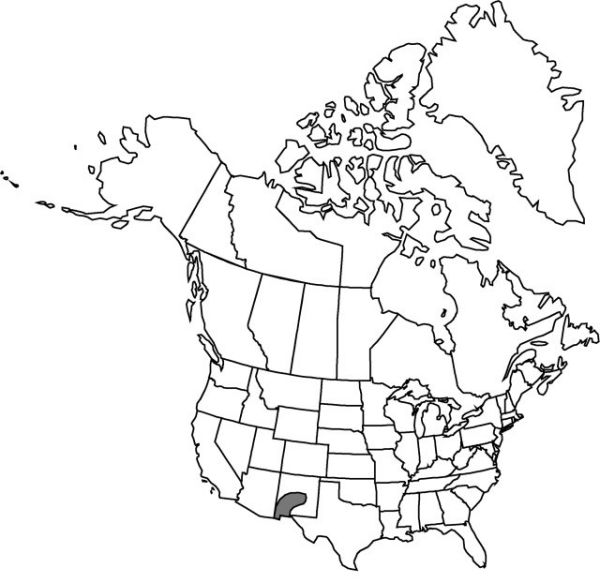Platanthera brevifolia
Orchid. Gen. Sp. 1: 639. 1899.
Plants 16–60 cm. Leaves few, ascending-sheathing, little more than bracts, scarcely reduced distally; bracts often lacking; blade ovate to elliptic-ovate, 2.5–6 × 0.7–2 cm. Spikes lax to rather dense. Flowers resupinate, not showy, green to yellowish green; lateral sepals reflexed or sometimes spreading; petals ovate- to lance-falcate, margins entire; lip descending or reflexed, linear to linear-oblong or linear-lanceolate, 6–10(–14) mm, margins entire, often with series of low parallel ridges on adaxial surface; spur cylindric or tapering toward apex, 9–20 mm, apex usually rather acute; rostellum lobes somewhat divergent, directed forward, rounded-subangular, rather prominent; pollinaria straight; pollinia remaining enclosed in anther sacs; viscidia orbiculate to broadly elliptic-oblong; ovary rather slender to stout, mostly 6–12 mm.
Phenology: Flowering Jul–Sep.
Habitat: Dry to moist open, usually coniferous, forest, sometimes seasonally moist banks of intermittent streams
Elevation: 2100–2750 m
Distribution

N.Mex., Mexico.
Discussion
The greatly reduced herbage of Platanthera brevifolia is distinctive. Robust plants may lack developed leaves altogether, with merely a few reduced bracts at the base of the stem and an inflorescence comprising nearly the entire height of the plant. A strong mycotrophic mode is suggested by the occurrence in some colonies of truly albino plants without pigmentation.
Platanthera brevifolia largely replaces P. sparsiflora in Mexico and is very distinctive at its northern limit in the United States. Although P. sparsiflora is exceedingly variable in floral dimensions, in habit, and in the number, size, and placement of leaves, the pattern seen in P. brevifolia seems to lie outside this range of variation. With a generally longer spur and very different ecologic requirements, it is here treated at the specific level. Nonetheless, P. brevifolia is reported to intergrade with P. sparsiflora in Mexico (R. McVaugh and W. R. Anderson. 1974+, vol. 16, pp. 254–256), yet the latter species probably does not range there beyond a possible occurrence in Baja California (M. A. Soto 1988).
Selected References
None.